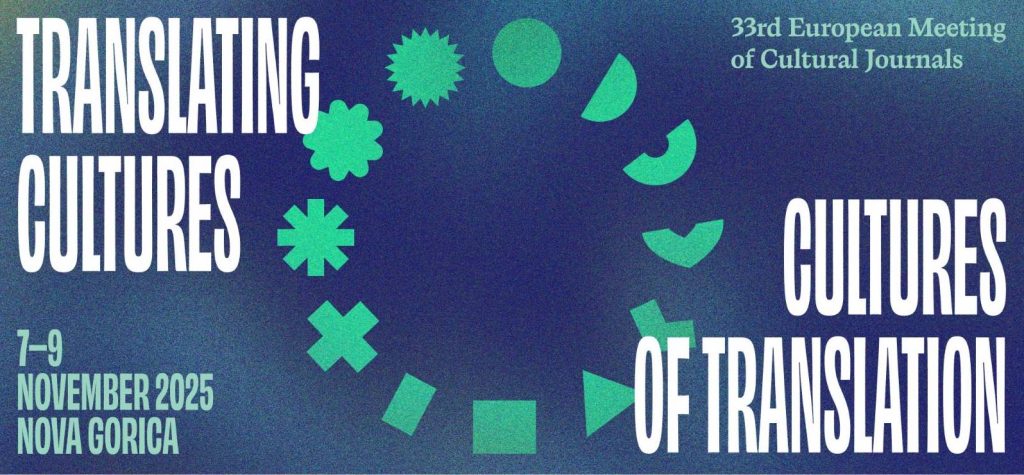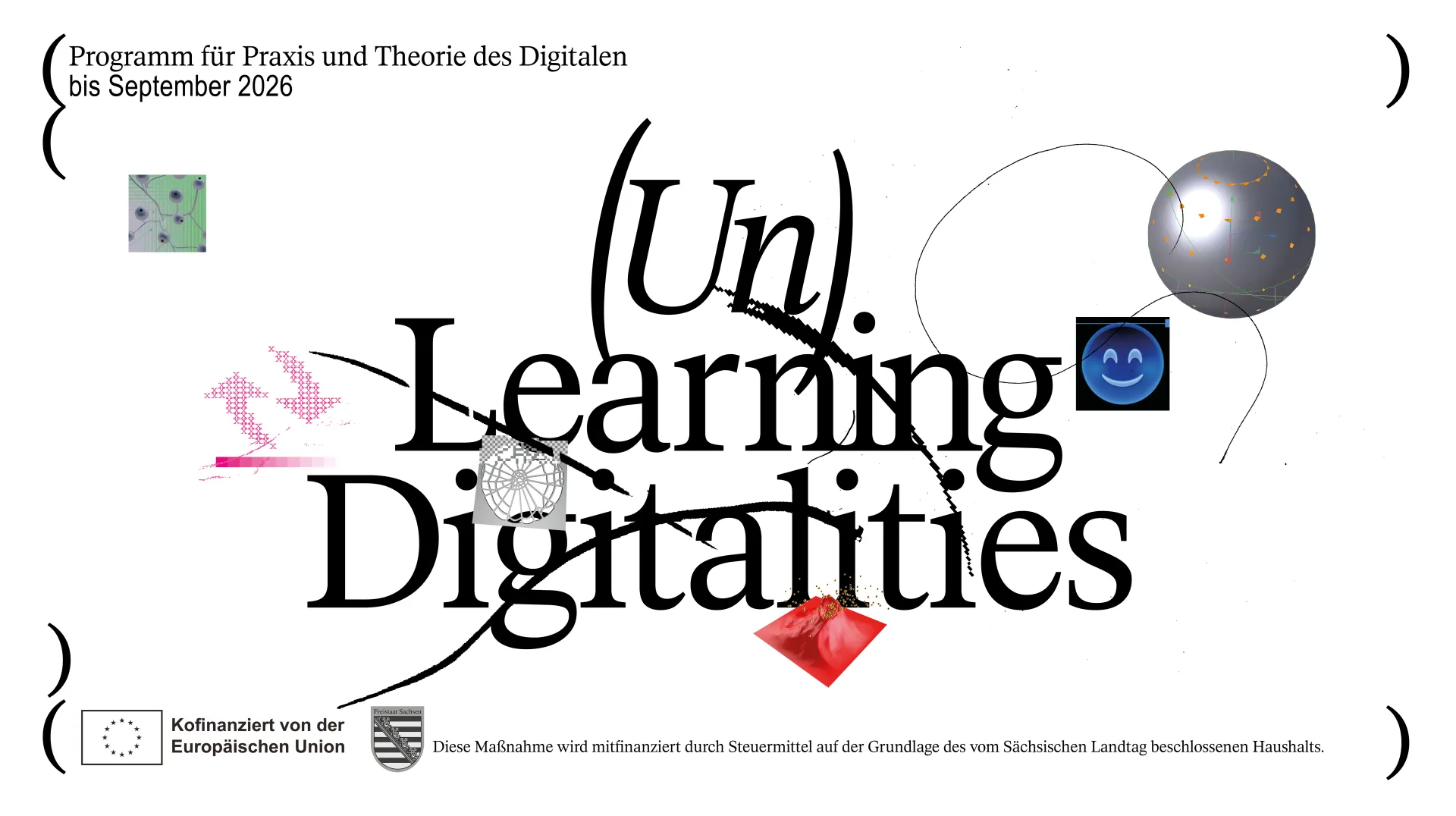Funs Janssen graduated in 2017 at WdKA in social practice with a major in Illustration. Inspired by the neo noir cinematography style, Funs tries to capture the nocturnal atmosphere of the metropolitan area in his work. To whom does the city belong? This question returns in different guises in the work of Funs Janssen, alias Funzig. Where his graduation work was mainly concerned with urban public space, he focuses with his recent work on the theme who's place is this. In this interview, you can read all about his work and experiences at WdKA.
How did you experience your time at WdKA?
I have experienced Willem de Kooning in different ways. In the first grade I suffered from a lot of fear of failure, I was too concerned with how I could do the assignment without making mistakes, and I was constantly thinking about what the teachers wanted. In the years that followed I learned to take more control in my assignments and to use the requirements as a basis to do research and create what I wanted to create myself.
Which ultimately resulted in learning to ask critical questions about the research I did, why I did certain research, how I as a maker am always part of the work and how this relates to society. This created space to learn to visualize research in a way that both myself and others can understand it.
Can you tell something about your graduation project?
The reason for making this work was the negative framing of young people in the media at the time. Young people were often criminalized and depicted as dangerous and menacing. This was even more the case for young people with a migration background. They were reduced to stereotypes and the victims of discrimination. During this project I lived in the South of Rotterdam, a place that was seen as a “bad” neighborhood and the most dangerous part of the city. In this part of the city there is always life on the streets and there is a special atmosphere. While some see danger in street culture and the presence of young people, others see unity and cohesion. In this project I wanted to highlight this form of solidarity in a positive way by making the connection between street culture and knights. Knights are often seen as heroes, while loiterers are seen as bad guys. I wanted to tell a more positive story: the young people as heroes of the street.
I chose the medium stained glass because of its association with religious grandeur, status and fragility. I chose the materials polyester and wood, because this is more accessible than glass and lead, both have the same appearance and aesthetics. I saw this approach as appropriating the stained glass technique to tell a more beautiful story. For me, this project was a starting point from which I started researching stereotyping and representation, and critically examined my own positioning as a maker.
What happened after graduation?
I started working at Cinerama during my graduation process already and kept doing this after graduation to create some routine to my days. After the big graduation show, I had difficulties adjusting to my new life without school and their assignments. I felt a bit lost and was looking how I could adapt my way of researching and my techniques into the practice of an llustrator.
At one point, I assigned for an open call of the Stimuleringsfonds. I wanted to see how I could develop the technique that I used in my graduation project further. Me and my partner Leana Boven started the project 'We got it from here' that was presented during the Dutch Design Week in Eindhoven in a group show curated by Metro54. 'We got it from here' is an interactive installation with three windows and seating. By asking the question “who can take a seat in this installation?” The work invites visitors to engage with different forms of representation and the (re)appropriation of public space. Another part of our work was the creation of a publication where we connect urban culture and relevant theory and convey it to our audience in an accessible way. This zine included the work of a number of young artists to present a broader perspective and create a sense of community.
After finishing the project together with Leana, I wanted to put the polyester and wood project on hold. During that time I worked at Cinerama and I had the opportunity to watch a lot of films which sparked a fascination for cinematography. I applied for the grand talent development of The Creative Industries Fund NL to do research on how I could visualize Rotterdam cinematographically in a way that people could recognize it as their city. No romanticization, but portraying the city in its purest form. I started learning about working with 3D, and eventually learned how I could render a whole street to archive it, and to use this as a basis to experiment with color, light and shadow for my illustrations of cinematographic scenes.
Why do you find it important to portray Rotterdam in your work?
The image that is now often depicted of Rotterdam hardly corresponds to what the city of Rotterdam actually is like. The focus is only on innovation and what it entails, but it often does not show what is already there.
Rotterdam is a city that has changed faster and faster in recent years and where people forget how it used to be. The pursuit of always better seems to be the main goal of this change. However, it is sometimes forgotten that these changes are not positive for everyone. It happens too often now that different neighborhoods and people are forgotten and disappear. With my work I try to archive what it is like now, to make sure a big part of Rotterdam will not be forgotten.
Next to cinematographic scenes and the neighborhood documentations, I also work with other creatives like film directors, writers and researchers that resonate with my vision. Recently I made a poster for the film ‘Shank’: a short movie about the knife violence in the area Slinge (Rotterdam-Zuid). This short movie features youngsters from the south of Rotterdam who have no acting experience but only the experience of growing up in that area who play the lead roles together with older and experienced actors. I love working on projects that tell wider stories about life in Rotterdam.
What advise would you like to give students who are studying at WdKA now?
Try to see the academy as a place that should help you to develop yourself, where you can take control.
One of the most important things for me was that while I was working on research/concept I tried to make lesser-known choices in the medium or techniques I used. In the last two years of WdKA I started applying this more often in my own practice. This was sometimes uncomfortable, annoying and exciting at the same time because sometimes I was not always good at it. But I did find out that because of these choices I started to create new images instead of reproducing what is already done.
To all graduates: Your professional career as an artist doesn’t have to start right after your graduation. Give yourself the time to develop as an artist and just keep creating and experimenting.
Check out more work from Funs via www.funzig.nl



